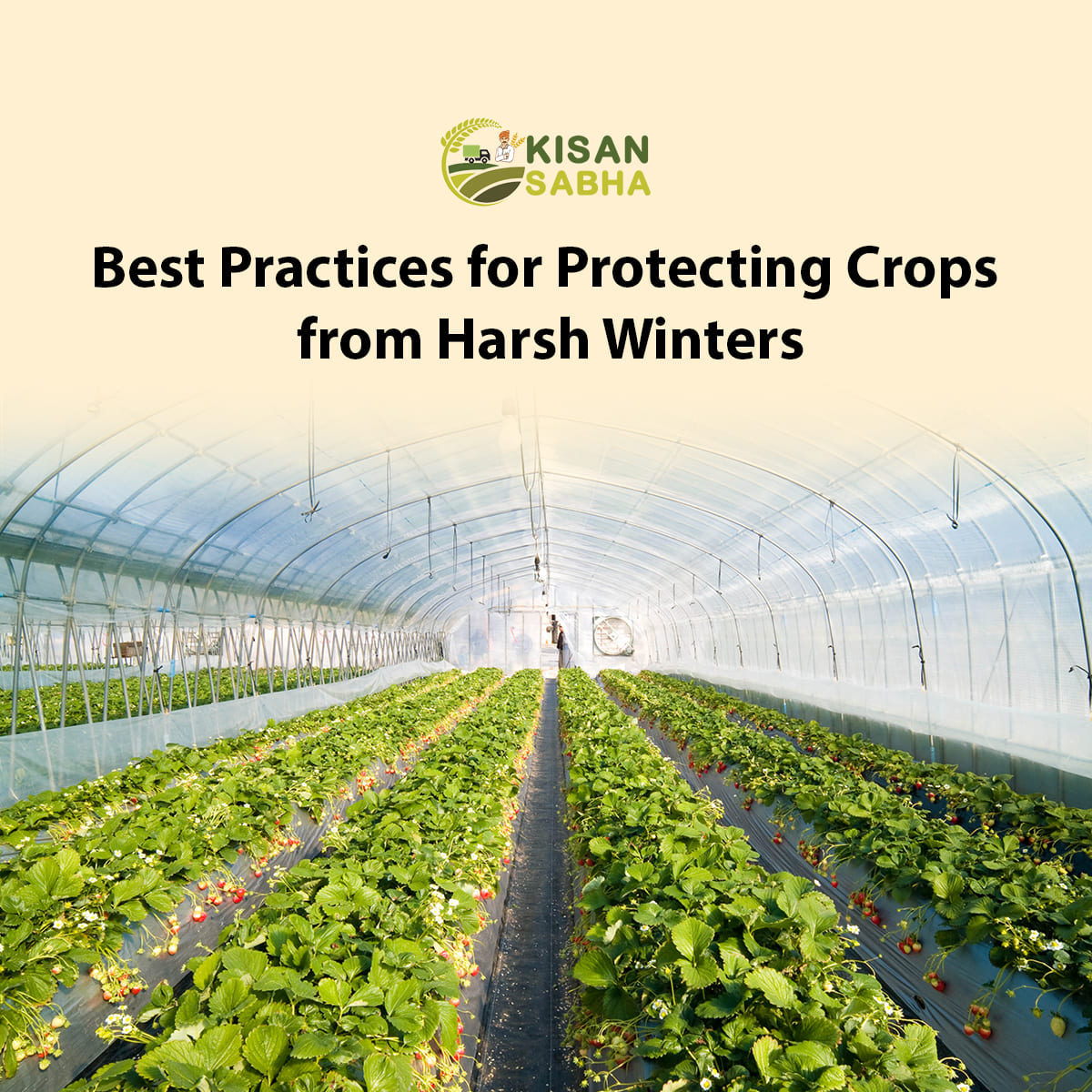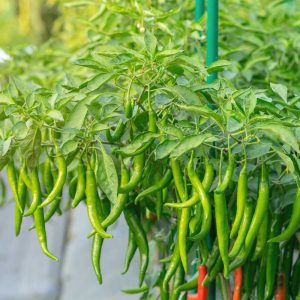As the weather begins to cool, it is time to prepare your crops for winter frost. During the winter, farmers face significant challenges from frost. It has reduced crop productivity in many parts of the world. Frost damage causes significant losses for many farmers. Farmers must prepare their fields to protect frost-sensitive crops during expected freeze warnings. Don’t be concerned! This blog will teach you the best ways to protect your crops this winter.
The Effects of Frost and Fog on Crops
When the temperature drops below freezing Ice crystals form in plant cells. This is because ice crystals prevent the movement of water and other liquids. The tree lacks water. As a result, damaged plants often become dry after winter. Affected leaves will eventually turn brown. Freeze damage occurs primarily from the dehydration of plant cells. As a result, the water in the cells turns into ice.
Beans, cucumbers, melons, okra, peppers, pumpkins, squash, winter sweet corn, sweet potatoes, tomatoes, watermelons and other crops. Particularly vulnerable to frost damage… Frost damage manifests itself differently in different crops. For example, cole crops often show frost damage. Its symptoms range from venous infiltration to necrosis. It mostly affects older leaves… If the fog remains for several days It can be harmful to fruits and vegetables as well. In some cases, they show signs of stunted growth and the onset of withering.
Best Practices for Protecting Your Crop from Harsh Winters
Choose the Best Crop and Location
Frost protection is best achieved through proper site selection. To reduce the likelihood of freezing damage, choose plants that bloom later and cultivars that are more tolerant of freezing. Citrus fruits that are more resistant to frost damage include limes, grapefruit, tangelos, and oranges, with lemons being the least tolerant. A production site with good cold air drainage is ideal for avoiding frost freeze damage. Cold air flows downhill and settles in low areas, where frost damage is most likely.
Cover Your Crops
- Because plant covers are warmer than the open sky, they help reduce convectional heat losses to the air. Cover the crop with a tent to keep heat inside and prevent heat transfer into the atmosphere.
- You can also build a frame out of wood and cover it with cloth or plastic or use large cardboard boxes or trash cans. Wind will undoubtedly be an issue, so secure your tent with poles, buckets of water, bricks, or logs.
- Use the covering as a tent at all times. Its ends should be in contact with the ground and cover the crop.
Also Read:- Understanding Food Impact on Climate
Mulching
- Mulching is the process of covering agricultural beds with a thick layer of organic material. This extends the harvest season for crops, protects bare soil from harsh winter temperatures, and aids in the resistance of winter crops to freezes and thaws.
- Gardeners should apply mulch in fruit orchards after the first hard frost when temperatures drop below -3°C and annuals die back. The idea is to keep the soil from warming up, keeping the plants dormant. As a result, it is critical to wait until the ground has frozen before planting.
- Cover plants with a 1 to 2-foot layer of straw, leaves, or other organic material before the ground freezes to prepare crops for a longer harvest. On top, a row cover, old bed sheet, or garden blanket can help keep everything in place.
- Mulch protects vegetables against freezing temperatures. Because of the mulch’s insulating properties, the plant’s crown and roots will survive the winter.
Irrigation
- When a significant freeze is predicted, going outside to water the crops is probably the last thing on your mind. Water, contrary to popular belief, can protect plants.
Drought-affected plants are less resistant to cold and are injured at lower temperatures than usual. Irrigate your crops a few days before the winter weather arrives. - Furthermore, water absorbs solar energy, stores it, and then gradually releases the warmth. As a result, moistening dry soils during the colder months improves frost protection.
Utilization of Water Containers
Water cools more slowly than air. Water collected in barrels, buckets, or other storage containers can be used to protect your crops from frost damage. When water containers are placed near plants during the day and under a cover at night, they emit small amounts of heat as they cool.
It is a method for filling 5-gallon buckets or large trash cans with water. Make sure the lid is closed, as this reduces heat transfer. This, along with tenting, is a successful strategy for saving the plant.
To create a warmer microclimate, place a bucket of water near small tomato transplants and cover both the plants and the bucket with tents.
Conclusion
There are numerous methods for dealing with frost. For the best results, each grower must choose the best frost protection strategy. Farmers should exercise caution when employing any of these techniques. Numerous microclimatic forecasts aid in the prediction of frost. Forecasting the minimum temperature and how it might fluctuate overnight is useful for frost protection because it helps growers determine whether protection is needed.




